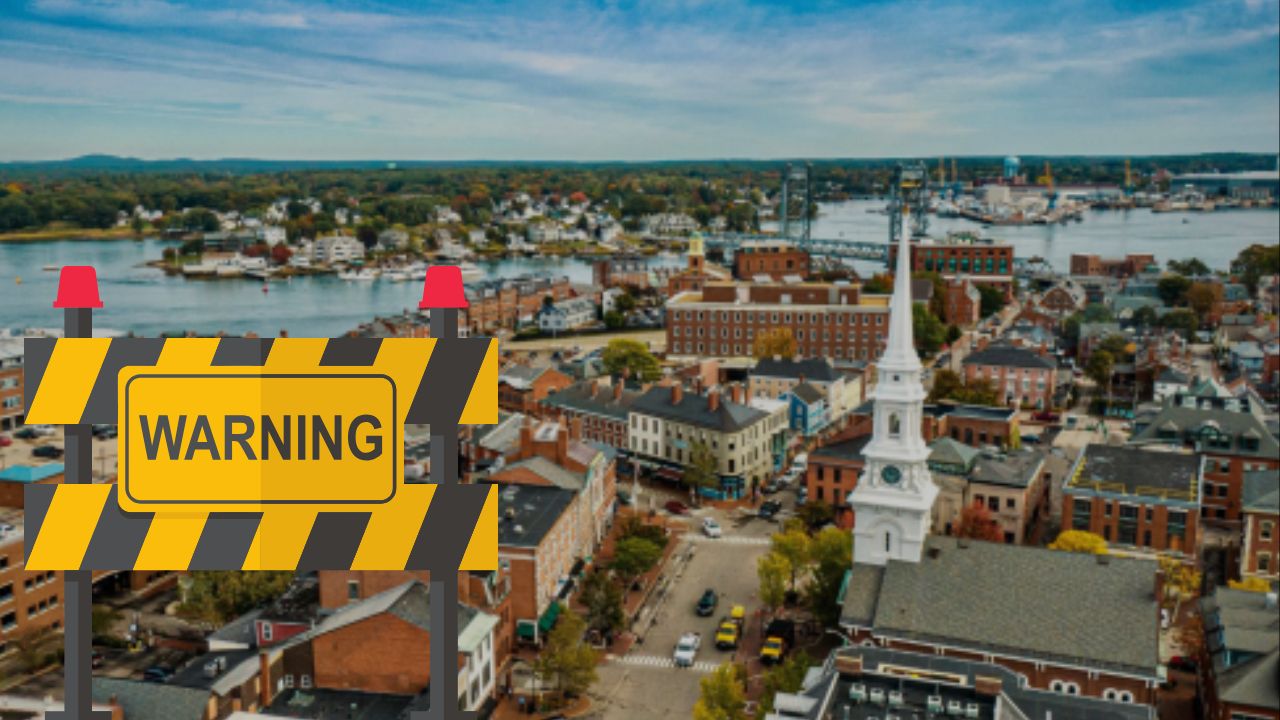Concord, New Hampshire – Often celebrated for its scenic trails and rugged beauty, New Hampshire hides a darker side—one that belongs to Mount Washington, a peak infamously labeled America’s most dangerous mountain. While majestic, this summit’s treacherous conditions and unforgiving terrain demand respect and preparedness from all who attempt to conquer it.
Mount Washington: Treacherous Weather in a Modest Peak
At 6,288 feet, Mount Washington may seem easily conquerable, yet it earns its reputation from overwhelming forces of nature, not elevation. The mountain recorded a gust of 231 mph—the world record for surface wind speeds not associated with tropical storms. Along with hypothermia and dangerous terrain, these winds have contributed to more than 150 fatalities over time.
A recent report by The Wrangler notes that despite being a favorite among hikers, the mountain’s rapidly changing weather and steep trails have made it one of the deadliest tourist spots in the United States.
How Deadly Is It Compared to Other Peaks?
Data from researchers at Oregon Health & Science University shows Mount Washington ranks among the deadliest mountains in the continental U.S., edging similarities with peaks like Grand Teton. Despite its accessibility, this mountain claims lives with alarming frequency, partly due to people underestimating its volatile weather patterns.
The Deadly Combination of Conditions
Several factors make Mount Washington especially dangerous:
- Rapid Weather Changes: Sudden transitions from calm to blizzard-like storms are common, catching unprepared hikers quickly off guard.
- Extreme Wind Gusts: Hurricane-force winds can disorient climbers or even knock them off their feet.
- Rocky, Hazardous Terrain: Slippery trails and steep cliffs increase fall risks.
- Freezing Temperatures: Even summertime hikes can lead to hypothermia if visitors are under-dressed or unprepared.
Dangerous Terrain Beyond the Summit
Areas such as Huntington Ravine are particularly lethal. As a glacial cirque with steep rock and ice, it’s regarded as the most dangerous hike in the White Mountains—fatal falls and avalanches are sadly not rare.
Meanwhile, Tuckerman Ravine draws spring ski-mountaineers with its steep slopes. But its beauty belies danger: avalanches, icy surfaces, and hidden crevasses pose real threats and have claimed lives even in otherwise mild seasons.
Real-Life Incidents That Highlight the Risk
The dangers aren’t theoretical. A 20-year-old skier died after falling 600 feet into Tuckerman Ravine, suffering traumatic injuries amid icy conditions and avalanche-prone terrain. In another case, a hiker suffered severe hypothermia, frostbite, and injuries after being caught in weather far harsher than expected.
How to Stay Safe on Mount Washington
If you plan to visit, these precautions are essential:
- Monitor Weather Closely: Forecasts change rapidly—know the current conditions before you go.
- Dress Appropriately: Always wear waterproof, windproof layers and pack extras.
- Come Well-Equipped: Use proper hiking gear—sturdy boots, trekking poles, navigation aids.
- Start Early & Be Prepared to Turn Back: Many fatal accidents happen late in the day or during unexpected storms.
- Consider Guided Trips: Professional guides help mitigate risks, especially for newcomers to the mountain.
Why the Mountain Remains Alluring
Despite its dangers, Mount Washington continues to draw visitors seeking panoramic views, rugged terrain, and a challenge. For some adventurers, the very factors that make the mountain dangerous—its unpredictable weather, steep climbs, and raw natural power—are also what make it irresistible.
Final Takeaway
Mount Washington’s wild climate, steep trails, and historical fatal toll offer a powerful reminder: natural beauty often comes with hidden hazards. For those drawn to the mountain’s majesty, caution isn’t optional—it’s lifesaving.
Have you ever climbed or visited Mount Washington? Share your experiences—or safety advice—in the comments on ibwhsmag.com.


 by
by 

